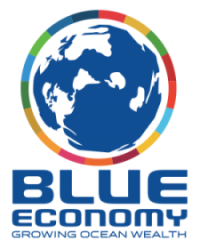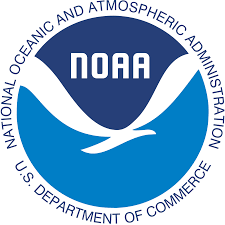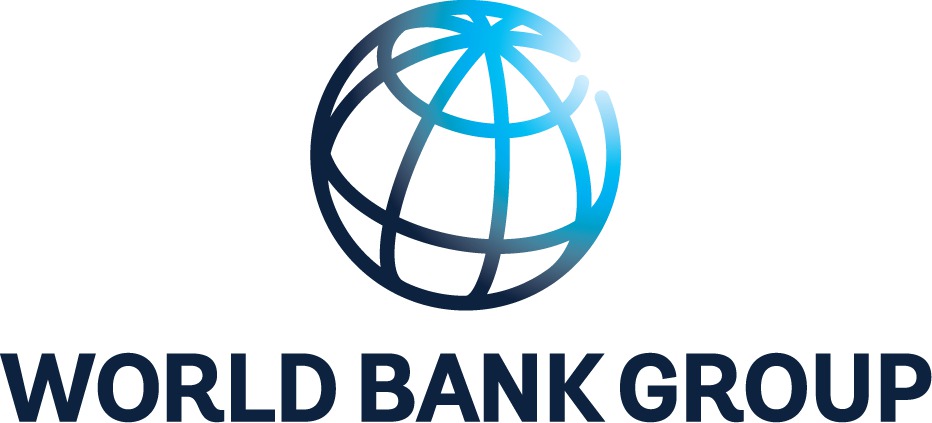Our Challenge

By 2050, as the planet’s population will swell toward 9 billion, demand for food, water and energy will strain Earth’s natural systems, especially our ocean and coastal ecosystems. To ensure these important systems keep pace with human needs, we must harness the scientific knowledge, innovations, tools and applications of marine conservation, restoration and management.
Ocean Wealth

Ocean ecosystems are as varied as they are valuable. Seagrass meadows are veritable fish factories and carbon stores. Snorkeling and diving generate billions in tourist dollars. Oyster reefs support important fisheries, filter pollutants and reduce the impact of violent storms. When paired with saltmarshes, mangroves, ocean currents, nutrient-rich upwelling and other habitats, the ocean provides countless, often invaluable services to society.
We must cherish the ocean’s wealth of services.
To that end, Mapping Ocean Wealth moves us from broad global numbers to specific local details, allowing us to evaluate nature as an economic asset. The data then become actionable and inform engineering, financial and policy language that lead to better planning, conservation and investment decisions. View and download TNC’s Mapping Ocean Wealth Vision Sheet here.
Learn More
Tourism for Tomorrow Innovation Award Winner
The World Travel and Tourism Council (WTTC) has announced that The Mapping Ocean Wealth Initiative is the winner of the 2017 Tourism for Tomorrow Innovation Award. Read the full story here.

Supporting Organizations
These organizations provide invaluable support for the work of Mapping Ocean Wealth with lead support provided by The Lyda Hill Foundation and The World Bank (Caribbean).
Image credits: © Tim Calver; © Bridget Besaw; © Jeff Yonover; © Mark Godfrey; © Tom McCann


















